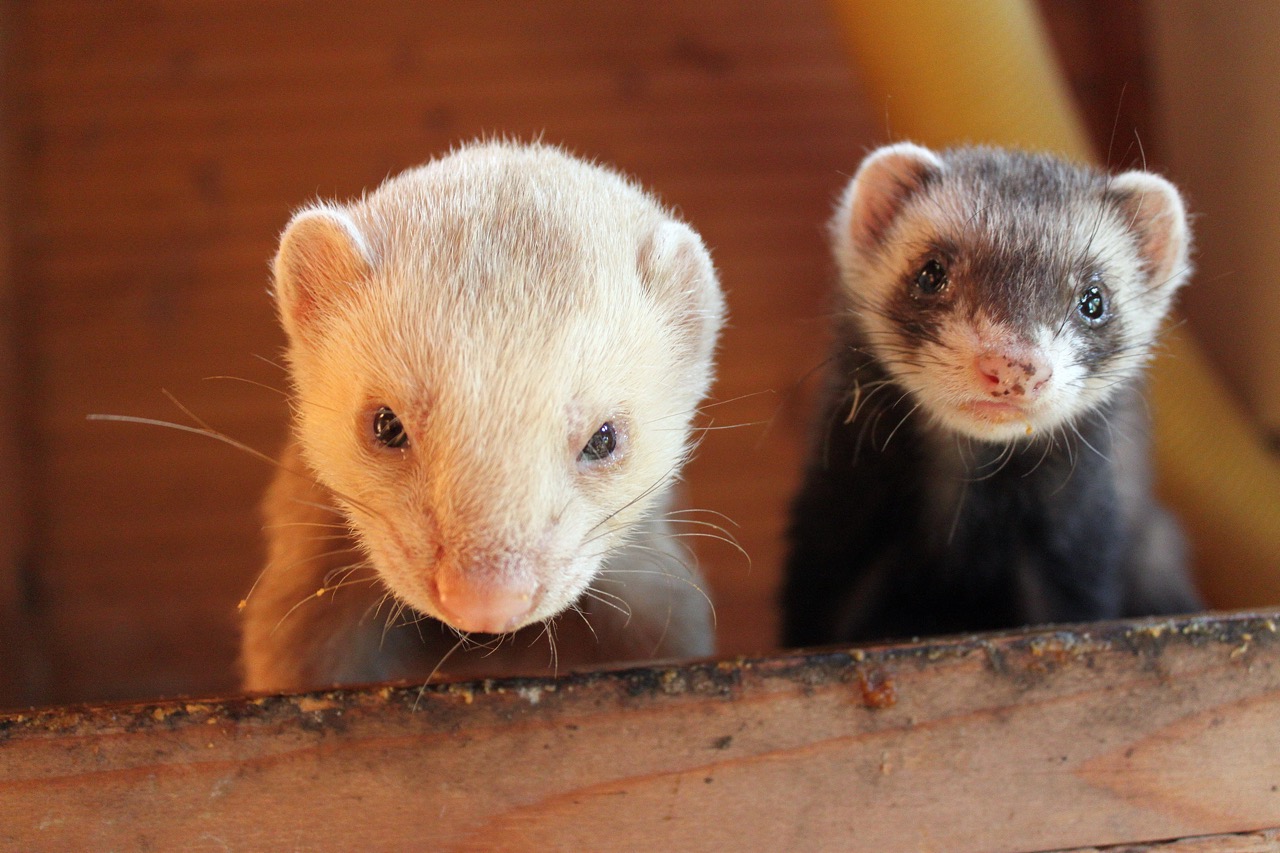When it comes to providing a suitable home for your ferret, selecting the right cage size is paramount. Ferrets are highly active, playful, and social creatures that require ample space to explore, play, and rest. Understanding their behavioral needs and space requirements can help you make an informed decision when choosing the best cage for your furry friend. This article will explore the key aspects of ferret housing, focusing on the ideal cage sizes, essential features, and tips for enhancing their living environment.
Understanding Ferret Behavior and Space Requirements
Ferrets are known for their energetic nature and curiosity, which means they need a cage that accommodates their active lifestyle. In the wild, ferrets are natural foragers and explorers, often covering large distances in search of food and companionship. A cage that is too small can lead to frustration, boredom, and even behavioral issues such as aggression or excessive vocalization. Therefore, understanding your ferret’s need for space is essential when selecting a cage.
Beyond just physical space, ferrets also require an environment that allows them to express their natural instincts. They love to dig, climb, and tunnel, which means their cage should provide opportunities for these behaviors. A larger cage not only gives your ferret room to move around, but it also allows for the inclusion of enrichment items like hammocks, tunnels, and toys that stimulate their minds and bodies.
Moreover, ferrets are social animals that thrive on interaction, either with other ferrets or their human companions. A spacious cage allows for multiple ferrets to coexist comfortably while giving them the freedom to interact with one another. It’s crucial to consider their social needs when evaluating the cage size, as isolation can lead to stress and anxiety in ferrets.
Essential Features of Ideal Ferret Cage Dimensions
When selecting the ideal cage size for your ferret, certain features should be prioritized to ensure their comfort and well-being. The height of the cage is particularly important, as ferrets are excellent climbers. A vertical space of at least 3 feet is recommended to allow them to explore multiple levels. Cages with various platforms and ramps encourage climbing and help to mimic their natural environment, promoting physical activity and mental stimulation.
Furthermore, the floor space of the cage is equally vital. A minimum of 2 feet by 3 feet is suggested for a single ferret, while larger dimensions are recommended for multiple ferrets. The cage should provide adequate room for them to move around freely, play, and lounge without feeling cramped. The presence of multiple levels created by shelves or platforms can enhance the floor space, making it feel larger and more engaging.
Lastly, consider the layout of the cage. Features such as removable trays for easy cleaning, secure doors to prevent escapes, and chew-proof materials are essentials that enhance both safety and maintenance. A good ferret cage will combine generous dimensions with thoughtful design, allowing for a healthy and stimulating environment for your pet.
Recommended Cage Sizes for Different Ferret Breeds
Ferrets come in various breeds, each with its unique size and space needs. Generally, ferrets range from 1 to 4 pounds, with the average standard ferret weighing around 2 to 3 pounds. For standard ferrets, a large cage that measures at least 36 inches tall and 24 inches wide with a floor space of approximately 2 feet by 3 feet is recommended. This size provides ample room for a single ferret to move around comfortably and engage in play.
For larger ferret breeds, such as the European polecat, a cage that measures at least 36 inches tall and 30 inches wide is ideal. The increased height and width allow for more climbing opportunities and additional living space, which is crucial for their activity levels. Additionally, if you plan to house multiple ferrets, consider a cage with dimensions of at least 60 inches tall and 36 inches wide, ensuring that each ferret has enough space to coexist without conflict.
It’s essential to remember that while cage size is crucial, it should be supplemented with daily out-of-cage time. Ferrets thrive when they can explore their environment outside the confines of their cage, so even the best cage cannot replace the benefits of regular playtime and social interaction.
Tips for Enhancing Your Ferret’s Cage Environment
Creating an enriching environment within your ferret’s cage is just as important as selecting the right size. Incorporate various toys, such as tunnels, balls, and chew items, to keep your ferret mentally stimulated. Rotating toys regularly can prevent boredom and provide fresh challenges for your pet to explore. Additionally, consider adding hammocks and soft bedding for comfort, as ferrets love to burrow and snuggle.
Another way to enhance the environment is by including climbing structures or shelves. Ferrets are natural climbers, and providing opportunities to ascend will not only keep them engaged but also promote physical exercise. Ensure that any structures are secure and stable to prevent accidents, and always supervise playtime when introducing new items into their habitat.
Lastly, don’t forget about cleanliness and hygiene. Regularly clean the cage and replace bedding to create a healthy environment. Consider using litter boxes and encouraging litter training to make maintenance easier. A clean and well-maintained cage will not only keep your ferret happy but will also minimize odors and potential health issues associated with a dirty living space.
Choosing the right cage size for your ferret is a critical aspect of responsible pet ownership. By understanding their behavior and space requirements, you can provide a suitable environment that promotes their well-being and happiness. Coupled with enrichment features and a commitment to regular interaction, you will create a loving home where your ferret can thrive. Remember, a well-cared-for ferret will not only be a healthier pet but will also bring joy and companionship to your life.










